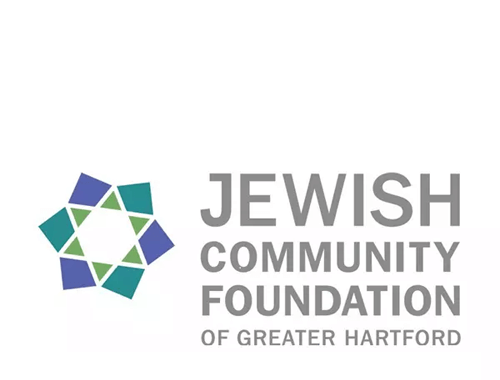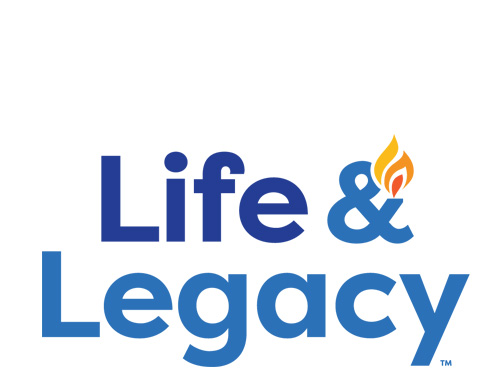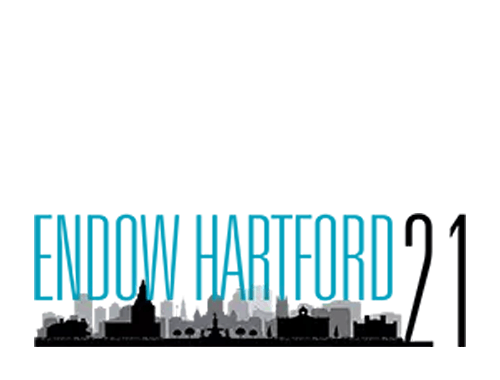Schechter Shavua: May 18, 2020
The Mysteries of Writing During Digital Learning
Schechter students are enthusiastically diving into their writing during digital learning! By gaining insights and making connections through their reading, students in Rimonim (grades 2-3), Gesher (grades 4-5), and Middle School develop inspiration, strategies, and techniques for perfecting their writing skills.
Rimonim
Did you know that Rimonim students are very mysterious?! They recently finished reading mystery books and are applying what they learned from the reading unit to their writing. Students develop characters specific to mysteries, including detectives, suspects, victims, and witnesses. They are learning how to develop clues and how to add details to their writing to create suspense. Each student met individually with teacher Kate Poltorak to set personal goals for the project, and they are now working to reach those goals. Students follow the Writers Workshop process in which they plan, write, edit, and then publish. An exciting new development: Rimonim students are working for the first time on Google docs and will be developing stories that way to allow for easier sharing and commenting from a distance!
The icing on the cake: the Rimonim class is also beginning work on a digital version of Mystery Night! After brainstorming ideas for a mystery movie, they will record segments in their homes, which will be spliced together to create a movie!
Gesher
The Gesher students have been working on fantasy writing. Before jumping in to their own work, the students participate in teacher-led mini-lessons about different fantasy writing strategies and writing structures. Students apply those strategies to their own pieces of writing each time they write. Gesher students have been using Google Docs all year, so the transition to this form of distance writing was seamless. On Fridays, students volunteer to read their favorite parts of their stories aloud to their peers during a whole class Google Meet. Some students have taken things a step further, turning their fantasy stories into graphic novels or doing creative writing extensions on a comic website. Click HERE for samples.
Middle School
Our students are living through unprecedented and historic times. Writing is an important tool in helping get through difficult experiences and leaving important information for future historians. With that in mind, twice a week Habonim (grades 6-7) and Bogrim (grade 8) students are given a journal prompt which centers around the positive and negative changes in their lives. The students are encouraged to write specific information which might one day be studied by future students, or it might be a great collection to read to future grandchildren.
Our Middle School writers are engaged in both creative and more technical writing. In keeping with our digital learning, Mrs. Simon has the students following Jason Reynolds, an author and National Ambassador for Young People's Literature. He has released a series of two minute video clips and gives students a writing prompt. Last week, students were asked to create an award for themselves that does not currently exist; they defined the criteria and explained why they should receive it. This week’s prompt gets students thinking about what their hero would say if he/she wrote a letter back to them, which will engage the students in thinking about important life lessons. For more of Jason Reynolds’ writing inspiration, visit the Library of Congress website HERE.
Middle School students also continue to hone their academic writing skills. They listen to, read, and/or discuss various pieces of primary documents and texts and are asked to respond to questions which help to deepen their understanding of what they read. The students are learning how to summarize the information found in the text. They also practice responding to questions based on what they read, a skill which involves students forming an opinion about what they are reading and using evidence to back up their response. This technique helps students become more critical thinkers instead of just parroting back what they read.
Solomon Schechter Day School
of Greater Hartford
26 Buena Vista Road
West Hartford, CT 06107
© Solomon Schechter Day School of Greater Hartford | Site design Knowles Kreative




